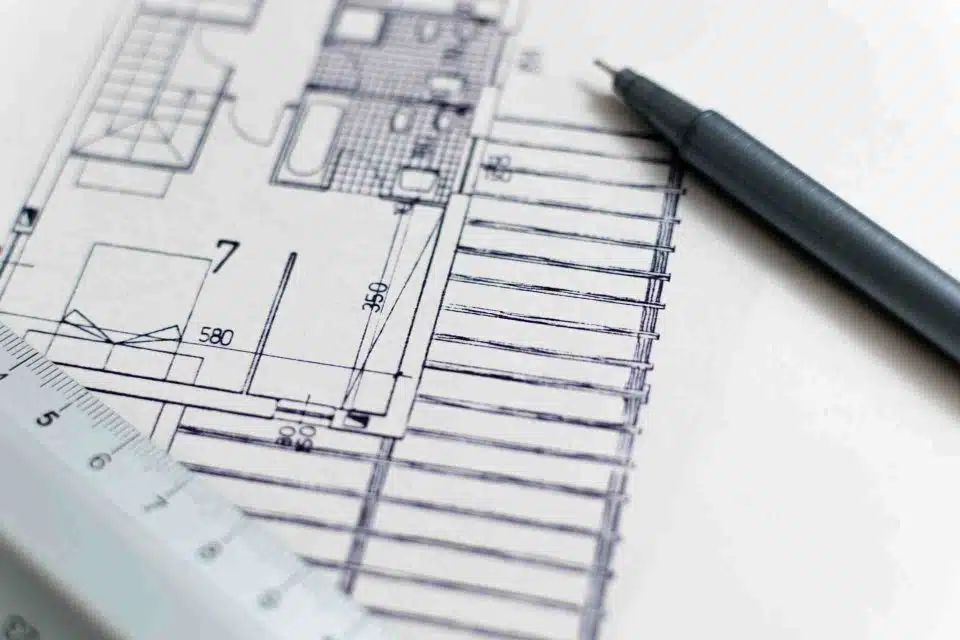Last Updated on December 19, 2024 by Admin
Basis analysis is the starting point for construction project success. It allows you to translate crucial data into actionable insights for the most effective planning and the utmost efficiency. This provides a strong foundation on which to build any successful construction project.
From spreadsheets to steel beams, these are the 6 critical connections between basis analysis and construction success.
Table of Contents
A Foundation of Precision: The Role of Basis Analysis in Project Planning
Any successful construction project needs a well-formulated plan, with clear project objectives. It also needs guidelines on how those objectives can realistically be achieved. This is where the basis of estimate (BOE) comes in.
A BOE defines the time, resources and of course, the money that completing a construction project will require. It offers vital clarity with a thorough breakdown of the data used for the estimate and all of the risks that were considered.
With effective basis analysis, a construction project is built on a foundation of transparency and precision.
Sustainability and Compliance in Construction
Different tools are used for calculating, analyzing, and refining the BOE. For example, a BASIX report offers detailed insights into designing and building to meet the need for sustainability. Indeed, as the need for sustainability in the construction industry grows, it will play an ever greater role in basis analysis.
Therefore, the basis analysis of modern construction projects must allow for environmental and regulatory standards, sustainable material selection, and energy-efficient designs. This helps to meet new sustainability requirements, reduce environmental impact, and streamline resource allocation.
When your basis analysis includes factors like sustainability, it makes your construction project’s compliance with new industry guidelines and legislation easy.
Budget Management: Turning Data into Cost-Efficiency
Despite careful planning, construction projects can have their fair share of setbacks from design flaws to unexpected site conditions and mid-project plan changes. Unfortunately, promising construction projects can easily be doomed by not anticipating such problematic events.
The construction industry is no stranger to unforeseen financial surprises, either. A cost overrun can undermine an entire construction project, causing major delays. News headlines in the past few years have highlighted the consequences of huge overruns, even in big infrastructure projects.
But with dedication to proper basis analysis, your team won’t be caught by surprise again, and your next construction project won’t be put in jeopardy. Basis analysis allows construction companies to establish the most realistic project budgets and effectively avoid disastrous cost overruns.
Bridging Design and Execution
To create an aesthetically pleasing building, there always needs to be a balance between its form and its function. But even with the most talented architects and most skilled engineers, it can sometimes be challenging to bridge the gap between design and execution.
Therefore, the most ambitious and creative architectural designs inevitably require more planning and forethought. This calls for intense collaboration between architects, engineers, and analysts. It also necessitates accurate data on which these teams can base their predictions and suggestions.
Basis analysis helps with this crucial aspect of construction, too. It determines whether the initial building designs are possible given the time, money, and resources that are available. And if they are not, it points the way to make them more practically achievable.
Risk Management: Anticipating Challenges
Risk management entails identifying, assessing, and mitigating potential risks to your construction project. Rather than reacting to threats as they arise, you anticipate these challenges before they do, based on available data. This allows you to plan on how to deal with them.
Ground settlement on construction sites is a good example of this. Neglect the risk of settlement, and your whole structure could shift or fall, and any on-site workers could fall along with it. And before you know it, you’ll be hearing from a construction site accident lawyer.
Just as you predict settlement before it’s too late with comprehensive soil analysis, you can predict financial risks early with basis analysis. Basis analysis allows you to optimize resource allocation to get the job done in the required time. The best mitigation strategies always stem from solid data analysis.
Enhancing Team Collaboration with Clear Metrics
From the architects and engineers to the contractors, sub-contractors, site managers, and safety inspectors, construction is a collaboration game. But a lot can get lost in translation, leading to costly and often devastating misunderstandings. This is why clear communication is a must in construction.
And for clear communication on construction projects, you need access to clear metrics like accurate construction ratios. These enhance communication by providing a precise framework for these diverse teams and enabling data-driven decisions.
Basis analysis, fueled by relevant metrics, thus increases the collaborative efficiency needed for construction project success.
Related Posts:
- How to Search for Companies You’re Interested in Working For – A Guide for Entry-Level Job Seekers
- Unlocking the Mystery: Why You’re Not Getting Interview Calls
- Unlocking the Power of 3D Analysis
- A Comprehensive Insight into How a Construction Company Works
- General Conditions for Construction: A Comprehensive Guide for U.S. Projects



